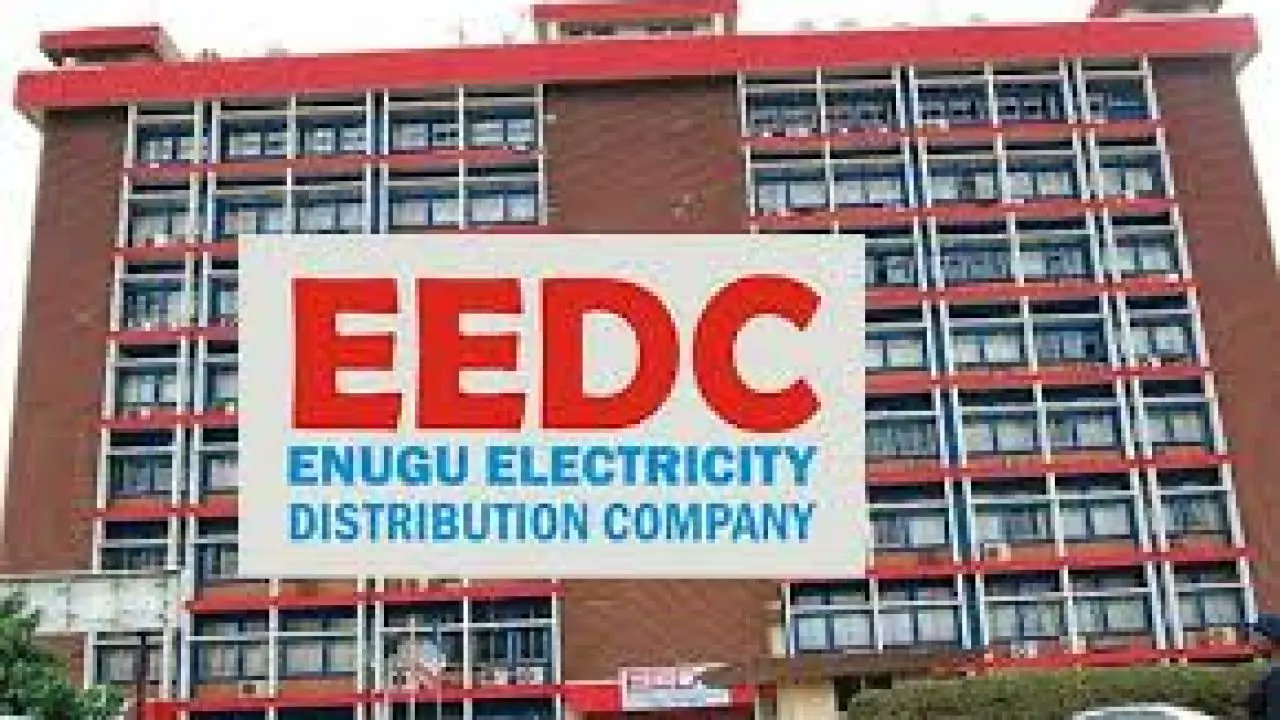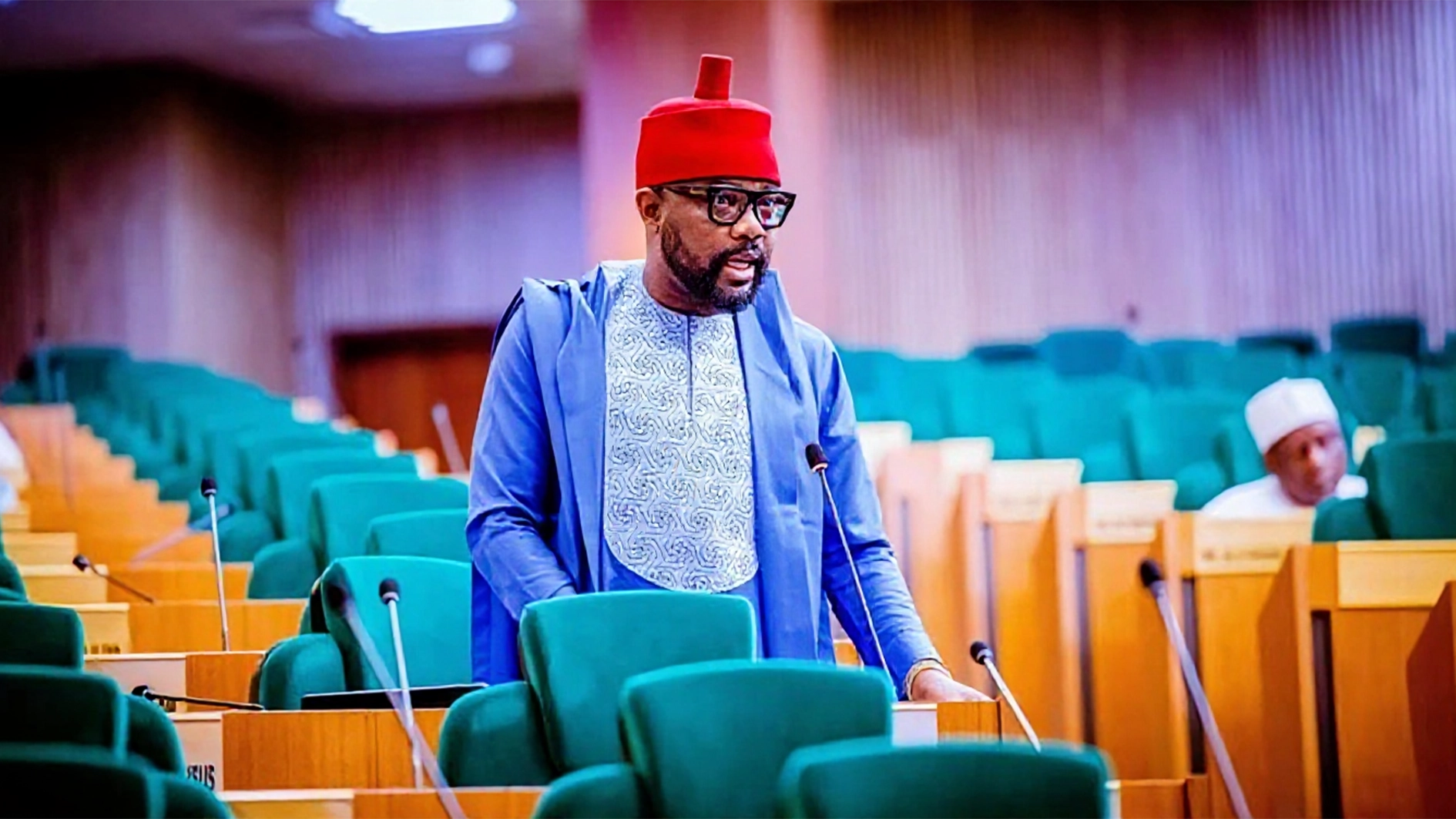Stakeholders in the energy sector have emphasised the need for sustained synergy between policy, investment and innovation to achieve a secure and sustainable energy future.
They made this submission at the recently concluded 2025 yearly conference of the Association of Energy Correspondents of Nigeria (NAEC), held in Lagos, with the theme “Nigeria’s Energy Future: Optimising Opportunities and Addressing Risks for Sustainable Growth.”
President of Masters Energy Group and former Minister of State for Mines and Steel Development, Dr. Uchechukwu Ogah, in his keynote address, stated that Nigeria’s energy future hinges on effectively balancing major reforms with practical national realities, emphasizing that collaboration across all fronts is vital to ensuring sustainable progress.
“Nigeria’s energy future is not a choice between opportunity and risk; it is a challenge to navigate both dynamics together. Success demands a multi-pronged strategy that leverages our strengths while confronting our vulnerabilities head-on,” he said.
He acknowledged the transformative potential of the Petroleum Industry Act (PIA) 2021 and the Electricity Act 2023, but cautioned that their successful implementation would require deliberate coordination between government and industry players.
Ogah described Nigeria’s energy pathway as one of managing opportunities and risks with discipline, referencing a Nigerian Society of Engineers (NSE) report indicating that national power generation remains below 50 per cent of installed capacity due to gas constraints and transmission bottlenecks.
He identified three major priorities: ensuring reforms deliver measurable outcomes, maximising the value of hydrocarbon assets before global decline accelerates, and providing affordable power to all Nigerians.
According to him, oil and gas remain the backbone of the economy, accounting for nearly 70 per cent of export earnings and sustaining millions of jobs. He stressed that gas commercialisation through projects such as the Utorogu Gas Processing Facility is crucial.
However, he warned that underinvestment, oil theft and insecurity continue to threaten the full realisation of the PIA’s objectives.
Ogah maintained that the global energy transition offers Nigeria the greatest economic opportunity of the 21st century, given its vast solar and wind potential alongside a youthful population.
He urged the country to exceed its 30 per cent renewable capacity target by 2030, warning that inaction could reduce Nigeria to a consumer or dumping ground for imported technologies.
He identified gas, renewables and innovation as key growth frontiers, advocating the development of utility-scale solar farms, mini-grids, and local solar manufacturing under the proposed Nigerian Solar Manufacturing Initiative.
“From solar in Olorunsogo to blue hydrogen in the Delta, every solution must serve both growth and sustainability,” he noted.
Ogah further listed policy inconsistency, infrastructure decay, insecurity and skills shortages as the main risks undermining development. He called for practical interventions such as a single-window licensing system, national grid modernisation, and benefit-sharing models to attract investment and build community trust.
He also urged the creation of a National Energy Transition Academy, warning against industrial unrest that could disrupt operations, while emphasising the need for reforms to align with Environmental, Social and Governance (ESG) standards.
Reinforcing the same theme, Authority Chief Executive of the Nigerian Midstream and Downstream Petroleum Regulatory Authority (NMDPRA), Engr Farouk Ahmed, underscored that aligning policy, investment and innovation remains central to achieving sustainable growth in the sector.
Ahmed noted that Nigeria’s proven natural gas reserves stood at 210.54 trillion cubic feet (TCF) as of January 2025, giving the country one of the highest “gas life indexes” in Africa, over 90 years, while crude reserves, including condensates, total about 37.28 billion barrels.
He said the nation produced about 1.37 TCF of gas in the first half of 2025, highlighting a positive trend in gas activity. Encouragingly, he disclosed, gas flaring dropped to 7.16 per cent in July 2025 despite higher production volumes.
Ahmed emphasised that the pathway to sustainable growth rests on four strategic pillars: gas as both backbone and bridge; energy security through refining and supply resilience; decentralised power and clean alternatives; and regulatory certainty anchored on accountability and people-centred policies.
On energy security, Ahmed said the operation of the 650,000 bpd Dangote Refinery has changed supply dynamics, contributing an average of up to 20 million litres daily, noting that operationalising the National Strategic Petroleum Products Stock (NSS) in line with the PIA would strengthen resilience against supply disruptions.
He called for diversified investment across the energy mix, pointing out that Nigeria has fewer than 3,000 LPG refilling plants and under 50 CNG compression stations, despite a population exceeding 200 million.
According to him, the Midstream and Downstream Gas Infrastructure Fund (MDGIF) established under the PIA provides a viable mechanism to bridge funding gaps in gas projects.
“In seeking sustainable growth for Nigeria’s energy future, and to explore and leverage opportunities, it is important to address the elephant in the room. The energy sector, particularly the midstream and downstream, is in dire need of infrastructural improvements.
We have long been bedeviled by ageing and dilapidated pipelines required to safely transport oil and gas products across the country. Mega funds are needed to achieve this goal and attract the required private sector investments,” he said.






